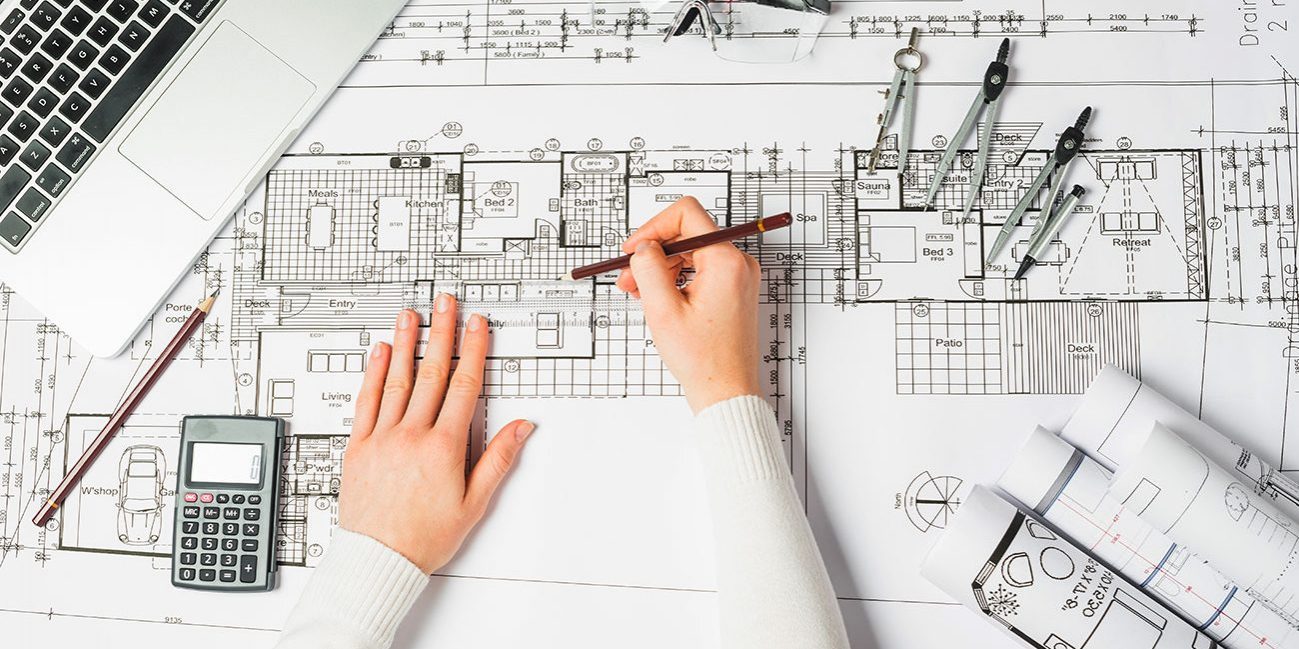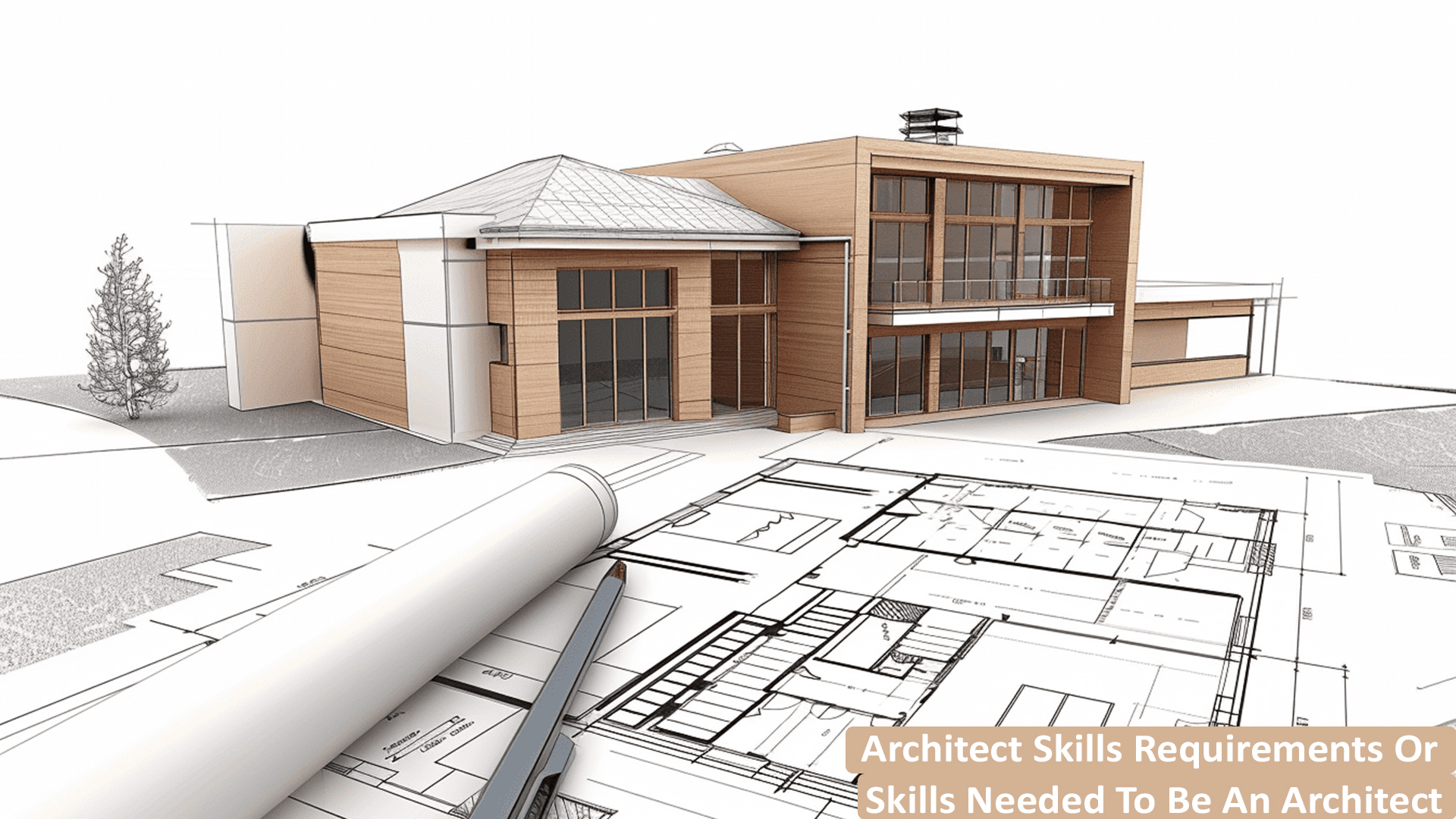Understanding the Diverse Occupation Paths Available for Aspiring Architect
As an ambitious Architect, you have a globe of career courses waiting for you. Whether you're drawn to standard style or the subtleties of sustainable design, there's a particular niche that aligns with your interests.
Typical Style: Creating Frameworks and structures
Conventional architecture focuses on creating structures and structures that blend capability with aesthetic appeal. As you discover this field, you'll appreciate the detailed equilibrium between form and function. You'll find out to draw inspiration from historic designs, integrating elements like symmetry, products, and craftsmanship. Your designs can mirror social heritage, showcasing neighborhood customs while fulfilling modern-day requirements.
You'll establish skills in preparing, model-making, and site evaluation, enabling you to picture and communicate your ideas properly. Involving with clients, you'll require to recognize their vision and convert it into possible layouts.
In addition, developing codes and sustainability techniques are crucial in your job, ensuring your structures are risk-free and ecologically pleasant. As you grow in your profession, you'll find opportunities in household, commercial, or also repair tasks, each offering unique challenges. Welcoming standard style leads the way for a meeting job that pays tribute to the past while forming the future.
Urban Planning: Shaping Communities and Public Spaces
As a hopeful Architect, you can play a vital duty as a city coordinator, changing exactly how communities interact and operate. By utilizing community involvement methods, you'll ensure that locals have a voice fit their environment. Plus, integrating lasting layout concepts will certainly assist develop rooms that not just meet today's needs however likewise protect the future.
Duty of Urban Planners
While many may assume of engineers as the sole visionaries behind structures, metropolitan organizers play a necessary function in forming the more comprehensive landscape of communities and public areas. By teaming up with various stakeholders, you'll help make parks, transport systems, and household areas that promote social interaction and ease of access. Your know-how in spatial design and neighborhood characteristics enables you to envision future development while protecting social heritage.
Community Involvement Techniques
Effective community engagement approaches are crucial for metropolitan organizers to guarantee that the voices of homeowners are heard and valued in the planning process. To cultivate meaningful discussion, you should focus on open discussion forums and workshops where community participants can share their concepts and concerns. By proactively incorporating and paying attention comments, you'll create areas that reflect the area's needs, ultimately leading to more successful and lasting urban atmospheres.
Sustainable Layout Principles
When making urban areas, including sustainable layout principles is important for producing settings that flourish both ecologically and socially. Think about integrating green areas, like parks and gardens, to improve biodiversity and enhance air top quality.
Designing with water conservation in mind is likewise essential-- believe concerning rain gardens and absorptive surface areas to handle stormwater. Including area participants during the preparation process warranties that the areas you develop meet their needs and motivate social communication. By accepting these concepts, you'll add to vibrant, lasting city landscapes that profit every person.

Landscape Design: Developing Lasting Outdoor Environments
As you explore landscape design, you'll uncover important style principles that produce beautiful and useful outside spaces. Lasting methods play an essential function in ensuring these atmospheres thrive while lessening environmental impact. And also, you'll discover a range of job opportunities that enable you to make a real difference in how people engage with nature.
Style Principles in Landscape
Understanding style principles in landscape style is vital for producing lasting outdoor environments that integrate with nature. You'll require to ponder elements like balance, proportion, and range to ensure your layouts really feel natural and welcoming. Incorporating native plants not just improves biodiversity however also lowers water use, making your landscape durable. Think regarding the circulation of space and exactly how people connect with it; paths and seating locations ought to welcome exploration and leisure. Additionally, pay interest to seasonal modifications, making with products that match the surroundings year-round (Architect). By prioritizing sustainability and aesthetics, you can produce outside spaces that enhance the neighborhood and promote wellness. Embracing these concepts will certainly establish a solid structure for your job in landscape architecture.
Sustainable Practices Review
Sustainable techniques in landscape architecture not only concentrate on appearances however also prioritize ecological health and resource preservation. You can develop spaces that promote soil wellness, such as utilizing organic products and practicing permaculture concepts. Inevitably, these practices ensure your styles benefit both individuals and the atmosphere for years to come.
Job Opportunities Expedition
With a strong structure in sustainable practices, landscape style offers a selection of career paths that enable you to make a purposeful influence on the setting. You could work as a landscape developer, developing visually pleasing and functional outside areas, or specialize in environmental restoration, assisting to revitalize broken communities. Urban planners typically team up with landscape designers to produce environment-friendly areas in urban setups, improving city livability. If you're passionate about education, take into consideration ending up being a landscape architecture educator, inspiring future generations. In addition, you might deal with nonprofits concentrated on environmental sustainability or engage in study to innovate brand-new methods. Each course not only forms beautiful environments yet additionally fosters a much healthier planet for future generations.
Lasting Layout: Concentrating on Eco-Friendly Practices
As you discover your career in design, accepting green techniques can establish you apart in an affordable field. Sustainable style concentrates on creating buildings that decrease environmental impact while boosting resident health. By integrating eco-friendly products, energy-efficient systems, and lasting building strategies, you'll add to a greener future.
Start by acquiring expertise of eco-friendly qualifications like LEED or BREEAM, which can reinforce your click here credentials. Think about just how all-natural light, ventilation, check here and thermal efficiency can optimize layout. Team up with engineers and ecological specialists to introduce services that minimize waste and preserve sources.
Do not forget the value of area participation-- interesting regional stakeholders can inspire layouts that harmonize with the environment. As customers significantly focus on sustainability, your know-how in environmentally friendly methods will certainly not only draw in jobs however likewise fulfill your enthusiasm for responsible design. Embrace this important aspect of the occupation, and enjoy your career flourish.
Historic Conservation: Securing and Restoring Cultural Heritage
While you start on your architectural trip, think about the important duty of historical preservation in maintaining our social heritage. This field focuses on the protection and restoration of significant buildings, sites, and structures that tell the stories of our past. By engaging in historical conservation, you'll aid guard the architectural heritage that shapes community identity.
As a historic conservation Architect, you'll examine historical value and evaluate the condition of frameworks. You'll work very closely with preservationists and chroniclers to assure genuine repair techniques are employed. This occupation course enables you to mix creativity with study, allowing you to design remedies that appreciate original materials and craftsmanship.
Your work not just adds to sustainability by reusing existing structures yet additionally fosters a feeling of pride within communities. Embracing this course will certainly aid you end up being a guardian of history, protecting the tales and appearances that enrich our lives.
Inside Design: Enhancing Indoor Spaces
Historical conservation and indoor style both share a dedication to enhancing the developed environment, however they concentrate on different elements. While historical conservation emphasizes keeping a framework's cultural and historical value, interior style nos in on optimizing interior spaces for functionality and appearances.
As an ambitious Architect, you'll discover that interior style enables you to blend creativity with technological skills. You'll make rooms that not only look good however additionally promote comfort and performance. This area includes recognizing how light, color, and products interact within an area, influencing state of mind and usability.
You'll function on different projects, from domestic homes to commercial workplaces, ensuring that each setting fulfills the requirements of its owners. By focusing on individual experience, you can change interiors into inspiring and useful spaces, making a substantial influence on exactly how individuals connect with their environments. Accept the possibility to boost indoor environments and form the method people live and work.
Industrial Style: Combining Capability With Looks
Industrial layout plays a necessary function in producing products that effortlessly mix aesthetics with performance, ensuring that what you use daily is not only visually enticing but likewise useful. click here As a hopeful Architect, you might engage on your own in this area, concentrating on designing whatever from furnishings to consumer electronic devices. Your work includes recognizing customer demands, materials, and making procedures, allowing you to develop innovative solutions that enhance everyday experiences.
In industrial style, you'll frequently work together with online marketers, designers, and producers, guaranteeing that your layouts are not just beautiful however additionally viable. You'll discover to balance form and feature, prioritizing usability without sacrificing design. By developing your skills in sketching, 3D modeling, and prototyping, you'll be well-appointed to bring your ideas to life. This occupation course offers a dynamic environment where creativity meets practicality, making it a rewarding choice for engineers curious about forming the items of tomorrow.
Regularly Asked Questions
What Educational Certifications Do I Required to Come To Be a Designer?
To come to be a designer, you'll require a specialist degree in design, usually a Bachelor's or Master's. Additionally, you'll have to complete an internship and pass the Architect Registration Assessment to exercise lawfully.
Are There Qualification Requirements for Various Building Career Paths?
Yes, there're certification demands for various building courses. Architect. You'll need to pass tests, complete teaching fellowships, and occasionally pursue specialized training, depending on your picked emphasis, like landscape architecture, city layout, or historic preservation
What Software Application Abilities Are Necessary for Engineers Today?

Just How Can I Gain Practical Experience While Researching Design?
You can obtain useful experience by interning at architectural companies, joining style competitions, offering for area jobs, or collaborating with classmates on real-world assignments. These chances boost your skills and construct useful connections in the industry.
What Job Opportunities Exist Outside Standard Style Firms?
You can check out different task opportunities outside conventional design companies, like urban preparation, interior decoration, landscape style, building and construction monitoring, property growth, or even duties in sustainability consulting. Each deals one-of-a-kind difficulties and rewards.
Whether you're drawn to conventional style or the subtleties of lasting style, there's a specific niche that aligns with your passions.When designing urban spaces, including lasting style principles is essential for developing environments that thrive both environmentally and socially.As you explore landscape style, you'll find necessary design concepts that develop gorgeous and functional outside rooms.Recognizing layout concepts in landscape design is important for developing sustainable outside settings that harmonize with nature.In commercial layout, you'll often collaborate with engineers, makers, and online marketers, ensuring that your styles are not only beautiful but additionally viable.